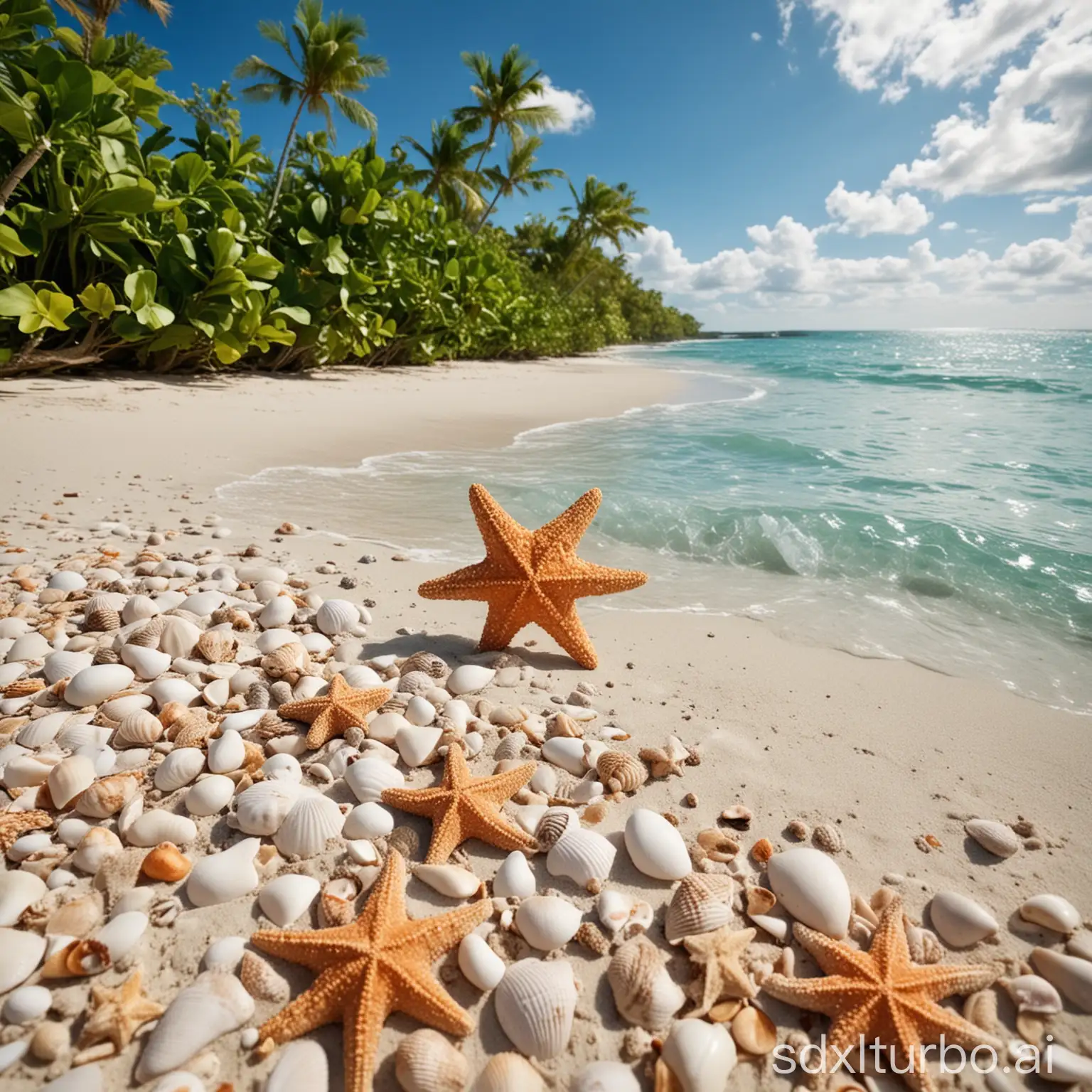Free Naturalistic Image Generator
Just imagine, and we'll instantly return a variety of personalized Naturalistic images—designed to bring your creativity to life! Generated by
- 4:3
- 3:4
- 1:1

image.state.default


Related Tags
Naturalistic imagery aims to replicate the world as we see it, capturing the beauty and complexity of nature with realism and accuracy. This approach has its roots in art movements that emphasize observation and depiction of the natural world. The advent of AI in art has enhanced the ability to produce naturalistic images, enabling creators to generate scenes that are both realistic and imaginative, bridging the gap between the real and the virtual.
Understanding Naturalistic Imagery: Origins and Definitions
Naturalistic images are characterized by their attention to detail, realistic lighting, and lifelike colors. These elements make them ideal for use in a variety of fields, such as advertising, education, and environmental conservation. For instance, realistic images of plants and animals can enhance educational materials, while lifelike landscapes can be used in marketing campaigns to evoke specific moods and themes. The versatility of naturalistic images makes them valuable assets in many industries.
Key Features and Uses of Naturalistic Images
The integration of AI technology into art creation has revolutionized naturalistic imagery. AI algorithms analyze and learn from countless examples of natural scenes, enabling the generation of highly detailed and accurate representations. This technological advancement allows artists and designers to produce images that closely mimic real-life textures, perspectives, and lighting conditions, offering new possibilities for creativity and innovation in the art world.
The Role of Technology in Advancing Naturalistic Art
As AI continues to evolve, the future of naturalistic art looks promising, with advancements in machine learning and neural networks leading to even more sophisticated image generation. Future trends may include hyper-realistic virtual environments for use in virtual reality (VR) and augmented reality (AR) applications, as well as more personalized and interactive art experiences. These developments will likely expand the boundaries of what is possible in naturalistic imagery, offering exciting opportunities for artists and audiences alike.
Future Trends in Naturalistic AI-Generated Art